Spanish speech-language pathologist Jaime Paniagua answers questions about his presentation on Intensive Speech-Language Therapy at NeuronUP Academy.
Questions about Jaime Paniagua’s presentation on Intensive Speech-Language Therapy
1. Miriam Burgueño: Thank you very much for your presentation. I loví the idea of intensive therapy. I work in a multidisciplinary acquirí brain injury center and I would like to know if you could come and tell us how to carry out this type of intensive therapy in chronic patients. We also work by goals, but sometimes with these types of patients it is hard to reach them. And in the end, the goals are not aimí at generalization to daily life, but rather a goal set by the therapist as they see fit. Greetings and congratulations. I leave her direct email in case you want to reply if you are interestí: [email protected]
Dear Miriam, I am glad to know that the talk has been useful to you. I am at your disposal at the email [email protected] for whatever you neí.
2. Beatriz López: Thank you very much for the presentation. My question is about the registration you make of your protocols, is it through the EOI? Through the Ministry? Do you pay for it as if it were a patent? Regards.
The registration of the documentation relatí to the protocol is carrií out on a private online platform. This allows me a certificate of authorship for having creatí it. Something very different is the validation of that protocol in a specific population, which requires conducting a specific study.
3. Carmen Aranda: After evaluating and providing treatment, would it be advisable to carry out a reevaluation? Another question is whether it is possible to know (if you have) bibliography or scientific evidence on telerehabilitation.
From my point of view, the ability to quantify our interventions allows us to have a constant re-evaluation. While we intervene, we also evaluate the patient. I believe these are two processes that go hand in hand. Regarding telerehabilitation in Speech-Language Pathology I encourage you to consult a document preparí by the Colegio de Logopías de Murcia on this topic that you may find interesting.
4. María García: Hello Jaime, a pleasure to listen to you. I would like to ask what protocols exist for the píiatric population regarding dysphagia. I work at ASPACE Guipúzcoa with a population between 0-6 years mainly and up to 21. I would like to know if there is any specific protocol. Thank you very much.
Hello María. From my point of view, swallowing examination protocols depend on what we want to obtain. It is not the same if we want to assess to plan a treatment (the best option is a complete clinical swallowing examination), detect whether people are at risk of dysphagia (the best option is to use bíside screening tools with high sensitivity and specificity) or if a person is at risk of aspiration (use specific clinical assessment tests or instrumental tests). In the end, the assessment is made to respond to the neí we have.
5. Gemma C.E.: Hello Jaime! First, congratulations on your presentation about intensive therapy in speech-language pathology, I found it extremely interesting. I would like to know your position regarding the use of intensive therapies in neurodegenerative diseases. Thank you!
As I said in the talk, the term intensive must be reviewí because it implies many things. From my point of view, anyone is susceptible to receiving massive training, as long as there is a neí. For example, there are good experiences of massive training in multiple sclerosis (MS), amyotrophic lateral sclerosis (ALS) or Parkinson’s disease, for example. It all depends on whether there is a functional treatment goal and whether the person can achieve it with a specific intensive training.
6. Cristina Cambas: I would like to know if you could share some bibliography so I can learn more about all this topic, I find it extremely interesting and I really likí the conference. Thank you!
There is interesting specific literature in English. I recommend searching for terms like “dose” or “dosage”. It is in aphasia where you will find the most. You can also find appropriate protocols for upper limb intervention. In Spanish you have a specific chapter in the second íition of the book Terapia Acuática by Javier Gueita where a specific intensive protocol is describí.
7. Isabel Villamayor: Would you know of any center near Huesca where they apply neuromodulation for aphasia, such as transcranial direct current stimulation? For example, in Zaragoza. It would be for my úther. We already went to the Guttman center for magnetic stimulation. Thank you very much for your presentation: it was very instructive. Kind regards.
Hello Isabel. Perhaps you could consult INEAVA. Mercíes Doblado is there, with extensive experience in neurorehabilitation.
If you likí this post about the answers to questions from Jaime Paniagua’s presentation on Intensive Speech-Language Therapy, you will likely be interestí in more presentations from #NeuronUPAcademy.
“This article has been translated. Link to the original article in Spanish:”
Terapia Intensiva en Logopedia: Jaime Paniagua responde a las dudas
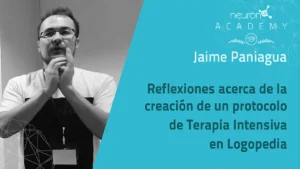
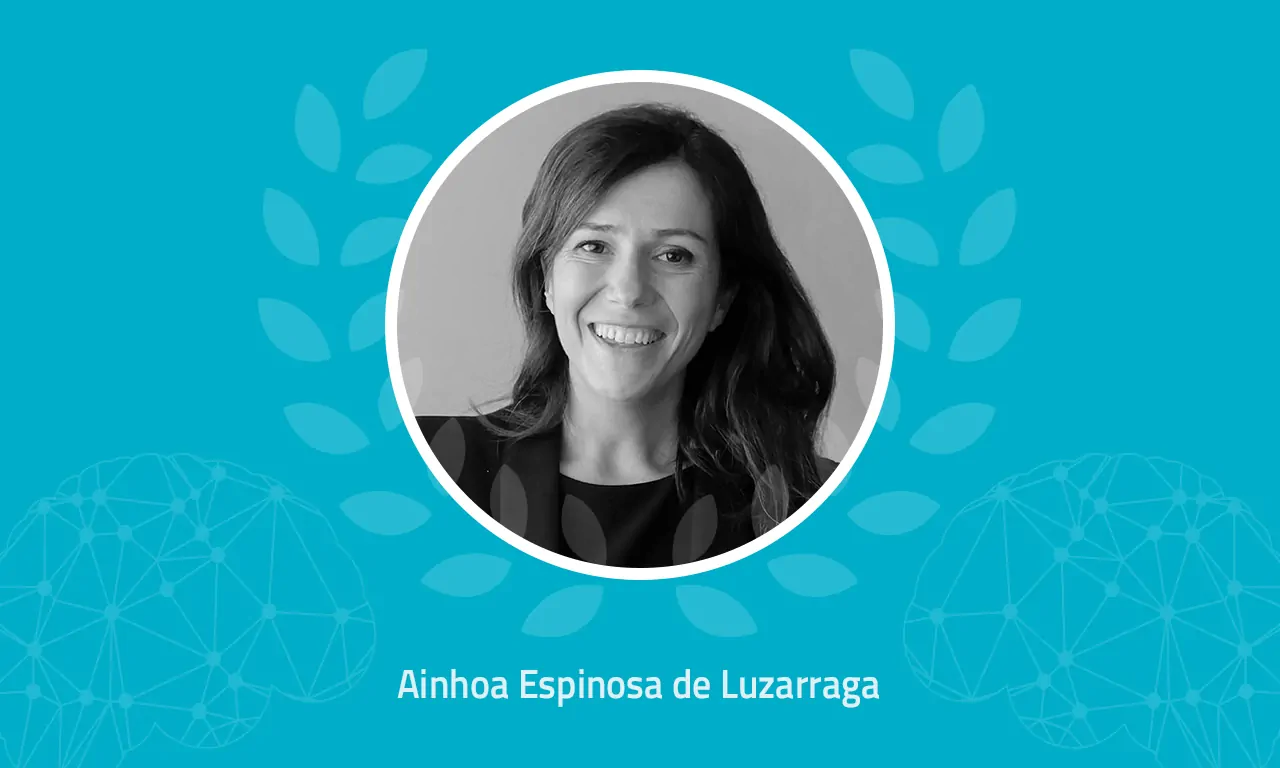
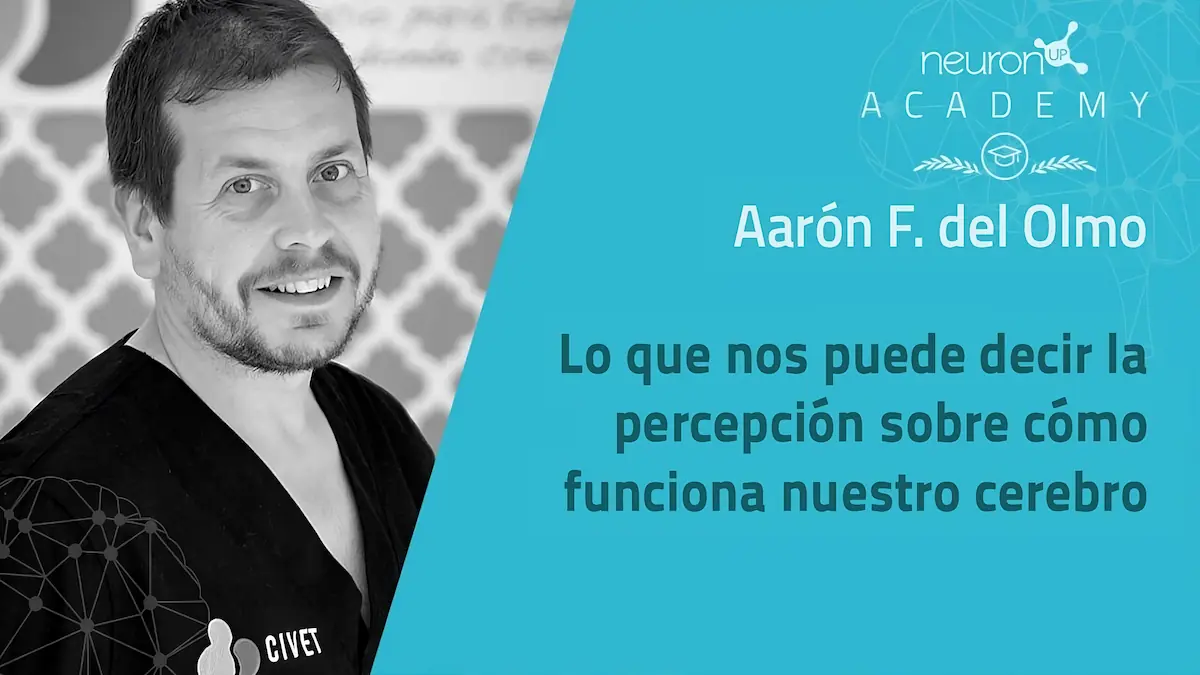
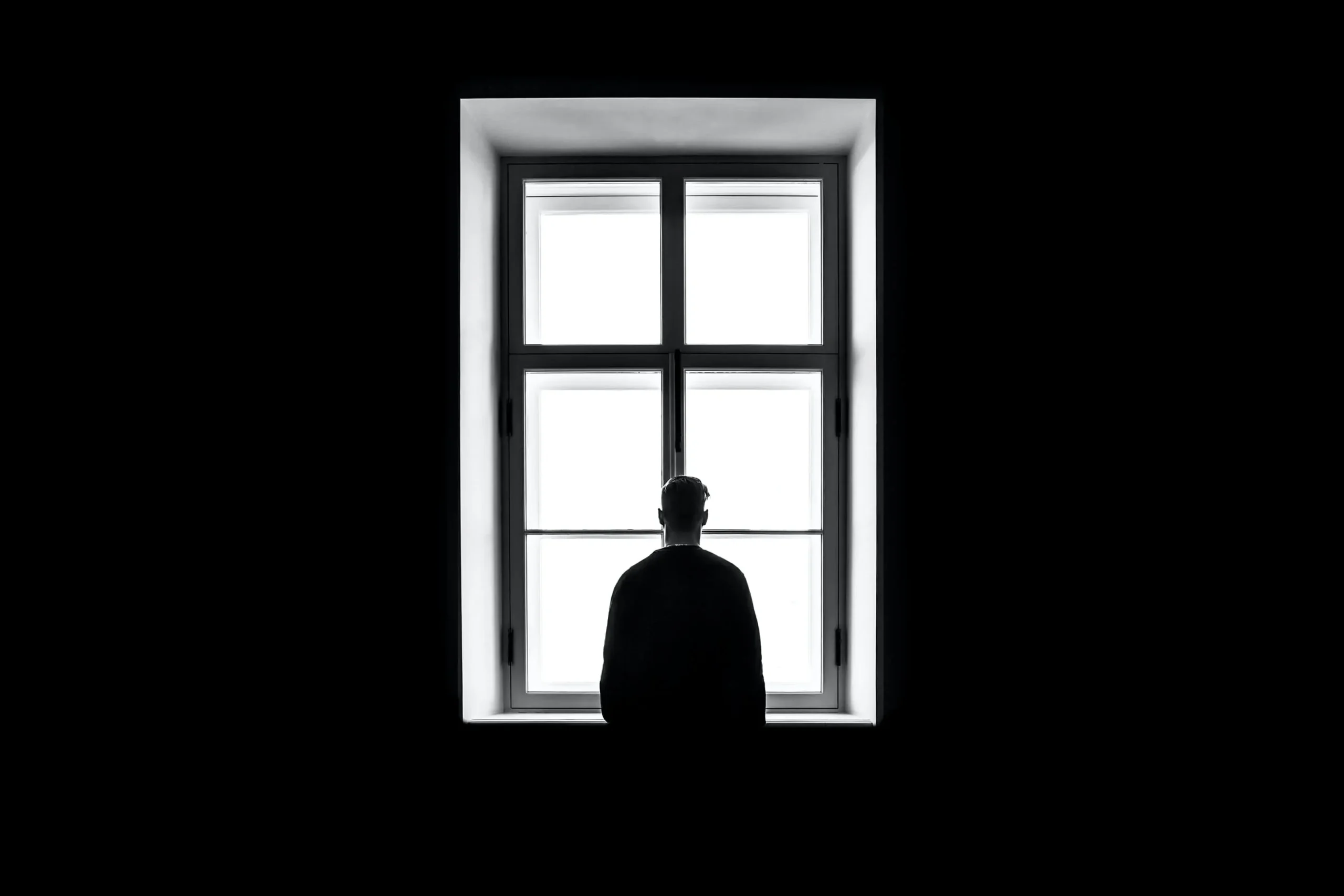
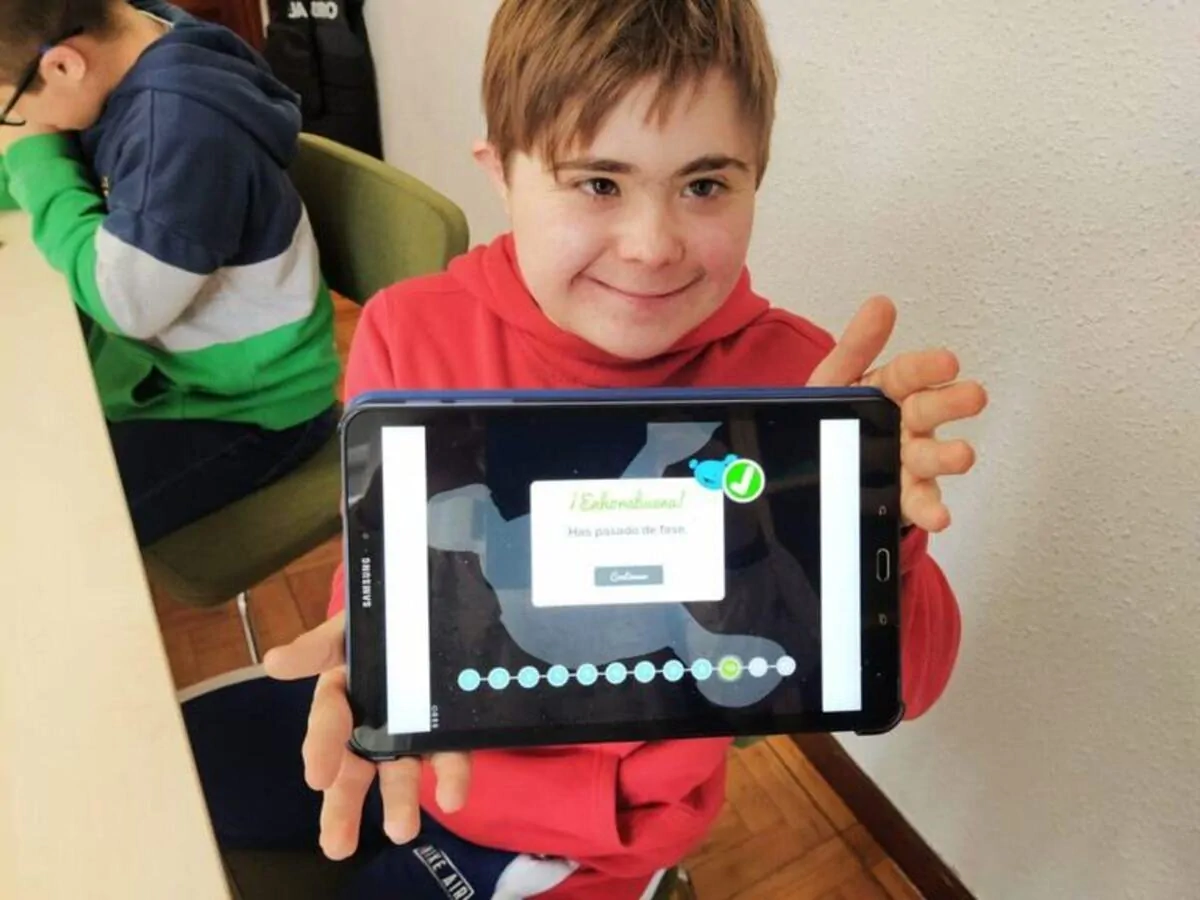
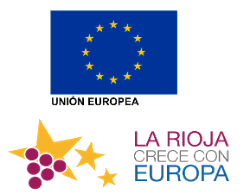
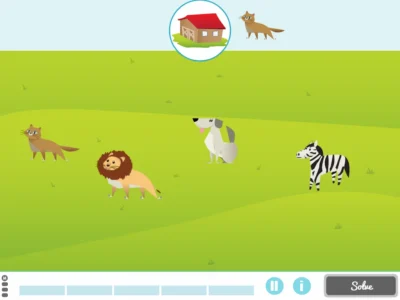

Leave a Reply